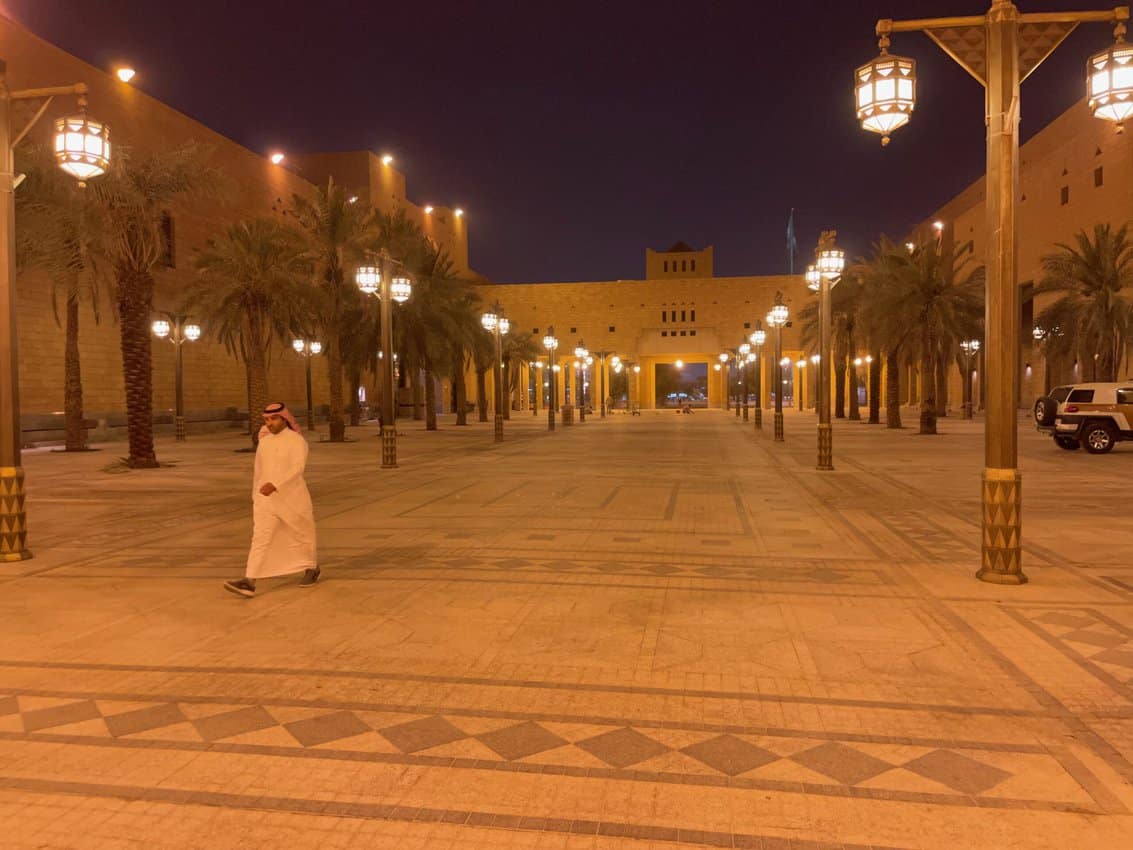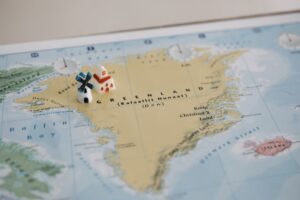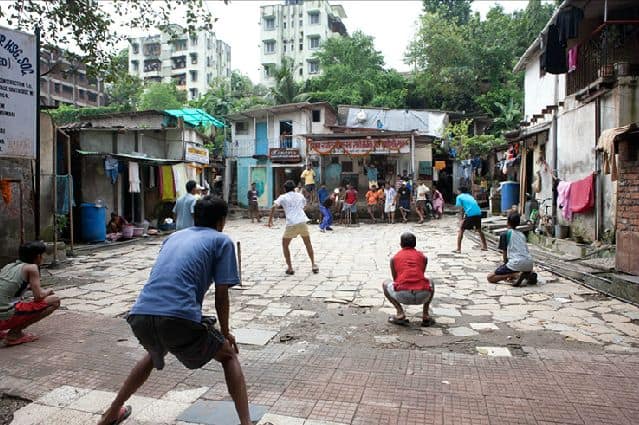
Mumbai, India: Three You Must See – Elephanta Island, Tea at the Taj Palace, Prince of Wales Museum
By Susan McKee
Mumbai is a city of many layers. With a population of at least 13 million and a history dating back thousands of years, it would take several lifetimes to absorb it all. Visitors can only hope to skim the surface.

To get a taste of the port once known as Bombay, here are three things travelers should see: The monumental stone archway overlooking the harbor. Images of Shiva carved from cave walls. A museum displaying everything from Mughal paintings to bronze sculptures of Hindu deities to intricately woven sari silks.
The Gateway of India, a massive example of Indo-Saracenic Revival architecture, occupies a prime bit of real estate of the former Apollo Bunder (the original port of Mumbai) along an arm of the Arabian Sea.
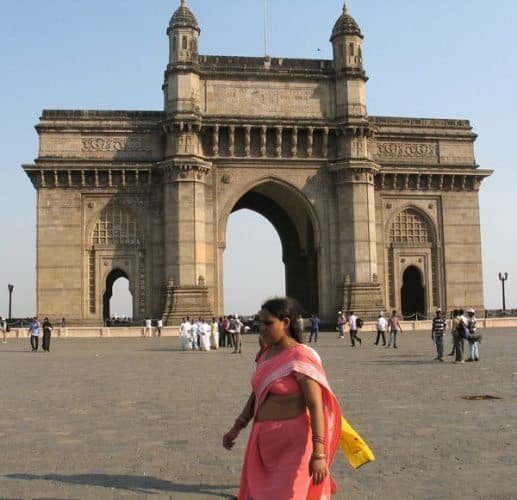
Recalling the heyday of the British Raj, the enormous arch built from yellow basalt and concrete commemorates the visit of King George V and Queen Mary to India in 1911. Finished in 1924, it’s the favorite selfie site for visitors from around the world (if you somehow didn’t bring a camera, itinerant photographers are on hand to do the honors).
The last British troops to leave India following the country’s independence in 1948 passed through the gateway on their way to embark for home, signaling the end of British rule in India.
Elephanta Island
Boats heading to Elephanta Island depart from piers below the gateway. We’re not talking cruise ships (they dock further north at Ballard Pier), but bare-bones reconfigured fishing boats crammed with wooden benches.
It’s almost an hour across the usually placid water of the harbor to the UNESCO World Heritage Site. There are two groups of caves: the larger is a series of temples with live-rock carvings dedicated to Shiva and the smaller includes two caves with Buddhist figures.
Known in ancient times as Gharapuri, in the 16th century Portuguese explorers gave the island its modern name: Ilha do Elefante. Why? The first man-made object they saw when they landed on its six-square-miles was a monolithic basalt sculpture of an elephant (no actual pachyderms have ever lived there).

It’s best to go in the morning – the last launch of the day heads out at 2:30 p.m. because there are no overnight tourist accommodations on the island. Only the 1,200 residents remain after the final boat leaves for the mainland at 5:30 p.m.
You can take a miniature train to shorten the walk along the landing pier. Then, a trek climbing an irregular stone staircase up the hill, past a gauntlet of vendors, ends at the “City of Caves” with its extensive collection of rock art linked to the cult of Shiva, one of the three major Hindu gods.
The carvings were hewn from live rock about the mid-5th to 6th centuries CE. The fifteen large reliefs surrounding the lingam chapel in the main cave are considered one of the greatest examples of Indian art.
Prince of Wales Museum
Back in Mumbai, save the afternoon for Chhatrapati Shivaji Maharaj Vastu Sangrahalaya – better known by its original name: the Prince of Wales Museum of Western India. It’s no surprise that its Indo-Saracenic style resembles the Gateway. Built in the early 1900s, it shares the same architect: George Wittet, a native of Scotland who became first president of The Indian Institute of Architects.
The museum complex includes not only buildings with more than 60,000 artifacts but an extensive garden, snack bar and shop.
The somewhat overwhelming and eclectic galleries showcase sculpture, terra cotta, bronze, excavated artifacts from the Harappan sites, Indian miniature paintings, European paintings, plus porcelain, jade and ivory objects from China and Japan. If that’s not enough to amuse you, there’s a Natural History section.
Tea at the Taj Palace
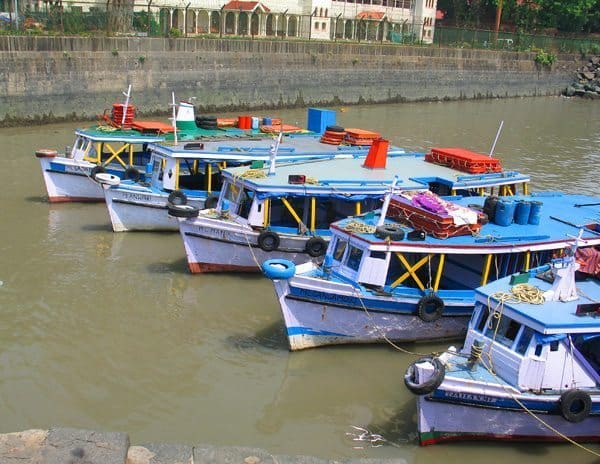
As you reel from cultural overload (and the legendary Mumbai heat), there’s only one stop left: Afternoon Tea at the Taj Palace Hotel. Constructed in the late 19th century as the first luxury accommodations in town, it remains a magnet not only for tourists but terrorists. Yes, this is the hotel famously bombed in 2008 by members of Lashkar-e-Taiba, an Islamic militant organization based in Pakistan.
Needless to say, there’s plenty of obvious (and hidden) security to prevent a recurrence, and no reason not to stop by for tea. It’s served in the Sea Lounge in the Palace Wing (ask for one of the window seats – if you sit on the right, you look directly at the Gateway of India). The elaborate buffet with both classic English delicacies and local Indian favorites can well serve as a dinner substitute.
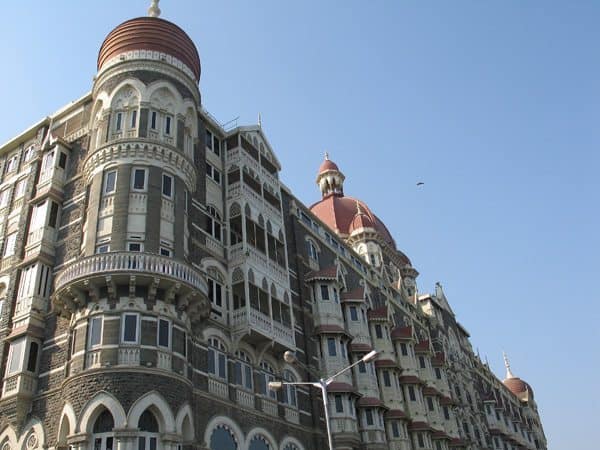
If you’ve got more than a day or two in Mumbai, there’s lots more to see. The city is the financial, commercial and entertainment capital of India, drawing residents from across the country as well as the four corners of the world. Although most are Hindu, there are significant populations of Muslims, Buddhists, Christians and Jains.
Arguably the most “exotic” minority are the Parsis (or Zoroastrians) whose tradition of “air burial” – exposing the corpses of the deceased to vultures and other carrion birds – is still carried out albeit behind high walls on Mumbai’s Malabar Hill. The adjacent Hanging Gardens with its topiary of all sorts of animals provide an unparalleled view over the Arabian Sea.
As a tourist, most of your interaction with finance will be in bargaining for commercial goods. You’ll find everything from designer labels from Europe to made-in-China trinkets. That said, it’s much easier to buy with rupees than dollars or euros. They’re readily available at bank ATMs.
Visiting a bazaar is as much a cultural experience as a shopping opportunity. Three popular ones are Crawford Market (fruits, vegetables and poultry), Bhendi Bazaar (antiques – many of dubious provenance – and hardware) and Chor Bazaar, one of the largest flea markets in India.
Get a Quote in the Taxis
A note on taxis: they have meters, but almost all drivers prefer to quote a rate. To get an idea of what you should pay to travel to a particular destination, ask the desk clerk or doorman at your hotel.
Decide the far before you get into the taxi, and don’t be afraid to reject the first offer. In general, air-conditioned taxis are more expensive than those without (and really that’s a distinction without a difference).
Mumbai is also famous as the heart of the Hindi-language Bollywood film industry, but it’s not visible to the tourist unless you catch one of the movies on your hotel television.
- Sicily’s Special Places: Here are Five Favorites - March 12, 2020
- A Summer Cruise in the High Arctic - September 26, 2019
- The Tangled Cultures of Goa, India - March 8, 2019


